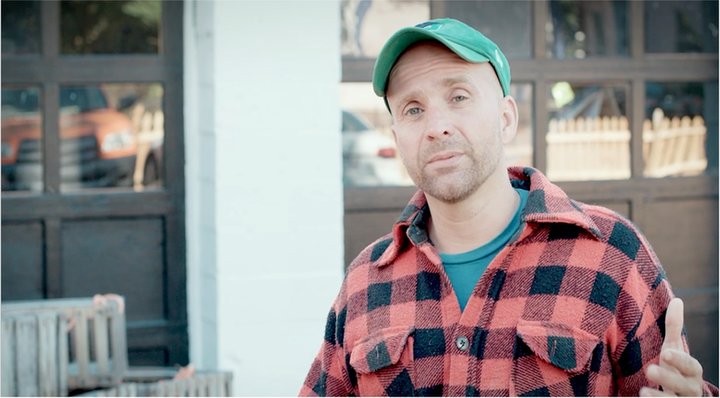It’slateApril.Mostfarmershavejustfinishedplantingtheircrops.BrenSmithisnotplanting.HeisharvestinghiscropsinLongIslandSound.Smith’sfarmisunusual.Insteadofgrowingcornorwheat,Smithgrows seaweed!
Welcometotheworldofocean farming.

BrenSmithcheckshowwelltheseaweedonhisfarmis growing.
AHiddenFarm
Onthewater,it’seasytomissBrenSmith’sfarm.Butthereare clues.
Aseriesofwhitefloatingballscalledbuoysbobupanddown.Followthemwithyoureyes.Connectthemwithmake-believelines.Theyformanareathesizeof30footballfields.That’stheborderofthe farm.
Lookcloser.Black buoysdotthewaterinsidetheborder.Theyformlonglinesthatmarkrowsof crops.
Don’texpecttoseeplantsabovethewater.Onanoceanfarm,everythingisunderthesea.OceanfarminghasbecomeBrenSmith’s passion.

TheseblackandwhitebuoysarepartofBrenSmith'socean farm.

BrenSmithhaulsinabasketfromhisocean farm.
Fishpopulationsweregettingsmaller.Theirhomeswerebeingdestroyed.Netsdraggingalongtheseafloortoreupreefs.Theydamagedecosystemswherefishandotheranimals live.
Smithsawallthis.Hedidn’tlikebeingapartofit.Hethoughtweshouldbeabletouseoceanresourcesinasustainable way.
Thatmeansusingsomethingwithoutusingitup.Smithtalkedtoascientistwhowasanexpertonseaweed.Smithknewalittlebitaboutseaweed.Heknewitlookslikeaplantbutisn’taplant.It’satypeofalgae. Healsoknewthatpeople ate it.



